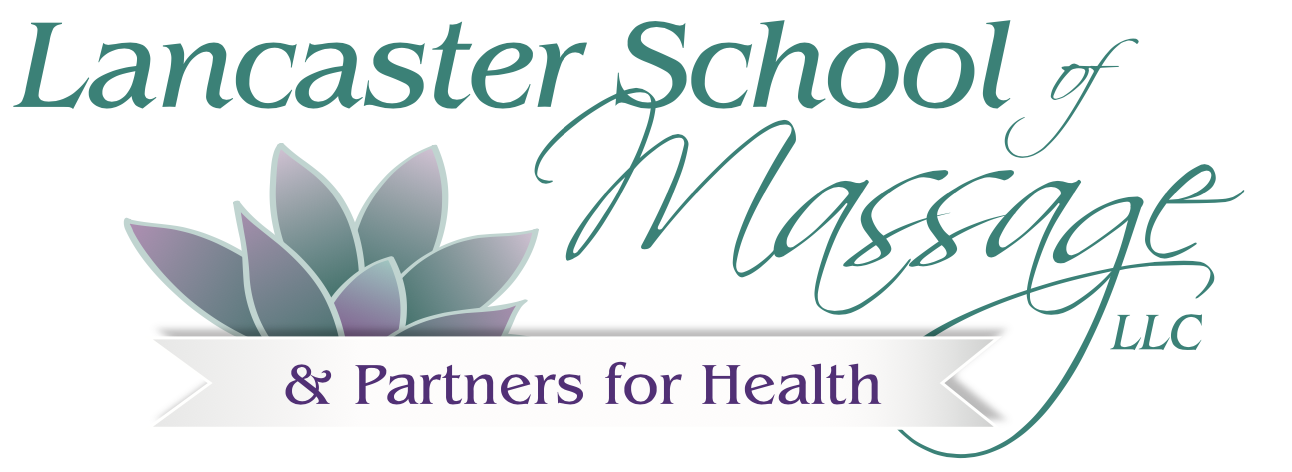
Anatomy, Physiology and Kinesiology
While studying the entire body, special emphasis is placed on the Cardiovascular System, Metabolism, Neurology, and Pathology. Additional discussions include the physiology of Musculoskeletal Pathology, maintenance of health through prevention, and an introduction to the principles of nutrition. You will also study the bones and muscles of the body in depth along with the origin, insertion and action of the muscles.
History, theory, indications, contraindications, demonstrations, and practice of several modalities (below).
Massage Therapy
Swedish Massage
This course is the first modality presented and is designed to teach students the application of Swedish massage including effleurage, petrissage, friction, vibration, tapotement, and joint movements. It emphasizes the use of proper body mechanics and self-care techniques and prepares the student to perform a full body massage.
Reflexology
This course covers a form of bodywork based on the theory of zone therapy in which specific spots on the feet or body correspond to internal organs or body systems. Reflexology can be all or part of a bodywork session.
Sports Massage
This course covers the application of a variety of sports massage techniques to ensure the health and well-being of the athlete and enhance athletic performance. It includes event, maintenance, and rehabilitative massage techniques. Stretching techniques are also addressed.
Neuromuscular Therapy (NMT)
By definition, Neuromuscular Therapy is the utilization of static pressure on specific myofascial points to relieve pain. This technique manipulates the soft tissue of the body (muscles, tendons and connective tissue) to balance the central nervous system.
Connective Tissue Massage (CTM)
CTM is a total system of manual techniques specifically aimed at manipulating soft tissue — connective tissues — in the body, especially the skin. Producing a “remote site” effect, techniques will stimulates one part of the body which can effect tissues in areas of the body seemingly unrelated to the treatment site.
Chair Massage
Students learn a 20 minute chair massage routine that can be used in office settings to enhance performance or for clients unable to lie on a table. Marketing and promotion are also addressed in the class.
Myofacial Release (MFR)
Myofascial release is a form of soft tissue therapy used to treat somatic dysfunction and accompanying pain and restriction of motion. This is accomplished by relaxing contracted muscles, increasing circulation, increasing venous and lymphatic drainage, and stimulating the stretch reflex of muscles and overlying fascia.
Awareness, Communication Skills, and Ethics
Classes in group dynamics and personal awareness will range from group play to use of personal journals, art, movement, sound, and stillness and silence. A variety of classes in communication give students therapeutic verbal skills to enable them to be available to clients as sensitive, caring practitioners without judging or advising. Ethics are integrated into each modality taught and explored in group discussions.
Business Practices
Class prepares students to understand the basic business aspects of a professional massage practice. Discussions include obtaining employment, setting up a personal practice, finances, attracting and retaining clients, business card design, advertising, record keeping, working with the public, and interacting with insurance and the medical profession.
Aromatherapy
Certified Aromatherapist and Licensed Massage Therapist Eileen Cristina introduces students to the specific qualities intrinsic to different massage oils and essential oils and offers ways to utilize these tools in their practice.
CPR
Courses will be offered at Lancaster School of Massage, and are required for graduation. Ephrata Community Hospital provides this education on-site at LSM.
Student Clinic Requirements
Each student will be required to work in the student clinic, a massage therapy that is open to clients from the region. The Clinic is open Monday and Thursday evenings and Saturday mornings. Each student will work on 1-3 clients one day each week or until completing the Student Clinic Requirements (a total of 75 hours). Working the clinic is a hands-on opportunity to apply all skills learned in the classroom - welcoming clients and facilitating an intake conversation, practicing how to integrate various techniques to meet the client’s needs, develop a natural 60-minute massage routine, and record clinic “SOAP” notes in our electronic health record system. A Clinic Supervisor assists students with questions, strategies and with debriefing their client experiences.
The Curriculum
Students in our program graduate with 600 hours of well-rounded massage therapy education and are prepared for the MBLEX, the massage and bodywork licensing examination. Courses range from a foundation in Anatomy, Physiology and Kinesiology; a range of massage forms; ethics; business practice; and, hands-on practice in our Student Massage Clinic (75 hours).


